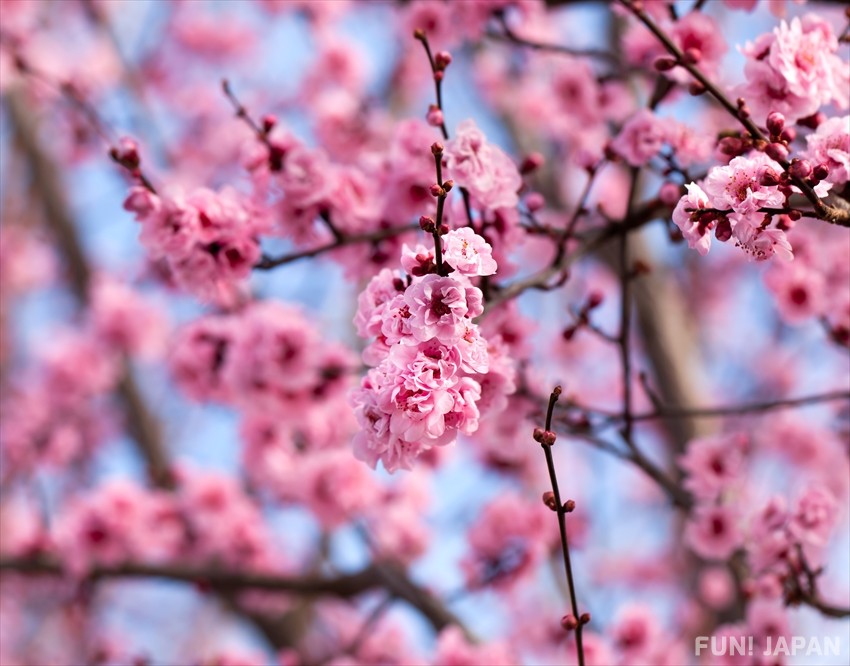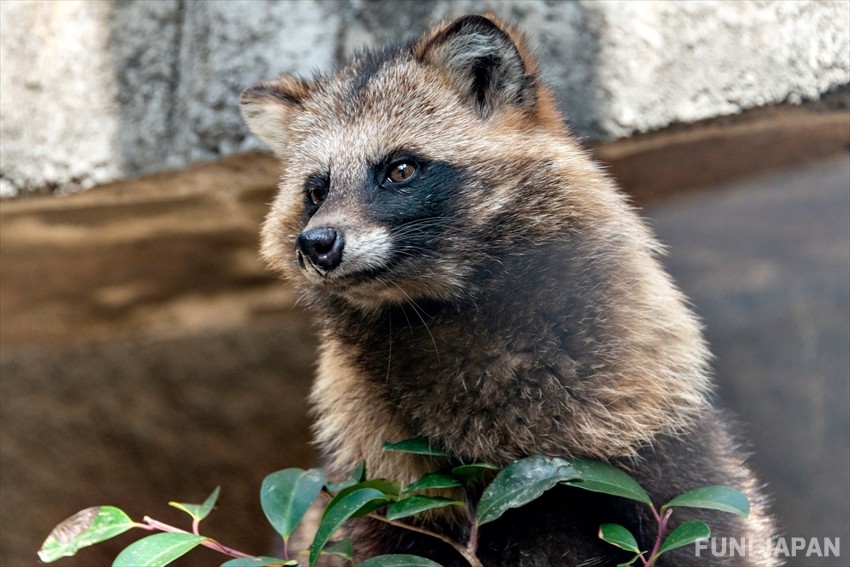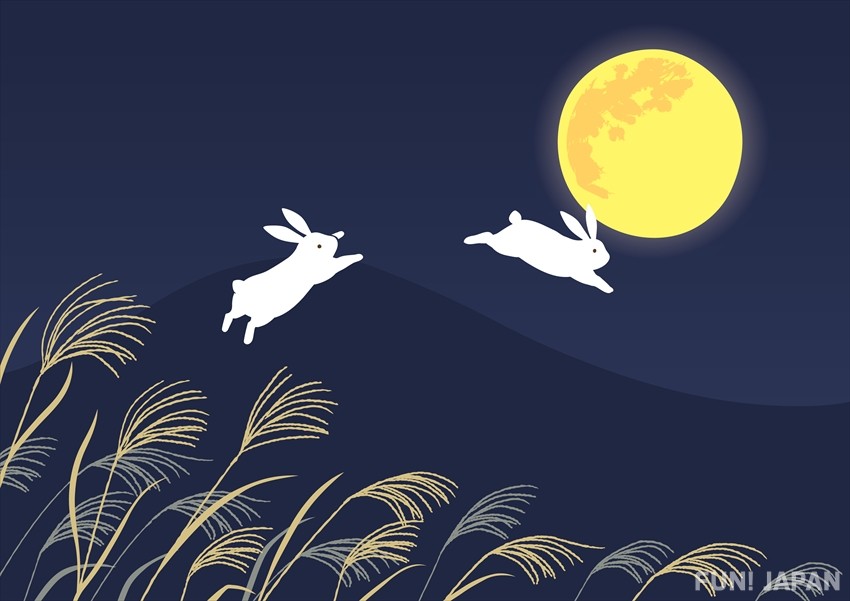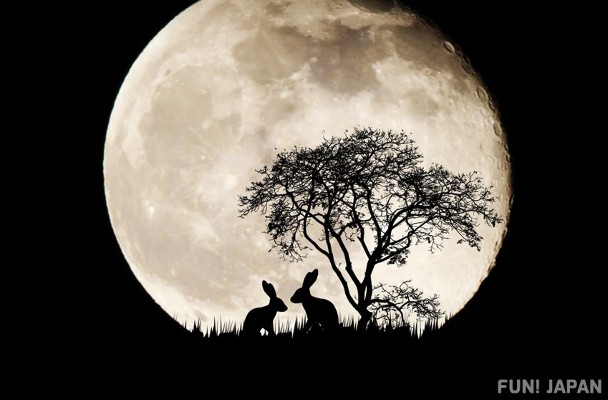
While some of Japan’s legends and folktales have become well-known across the world thanks to the popularity of anime and manga, there are still many little-known tales. Combining aspects of Japan’s two primary religions, Shinto, Buddhism as well as tales from China, India, Korea and elsewhere, the folklore of Japan is a world of magical fantasy and lessons to be learned. Many feature in the ancient collection of tales called Konjaku Monogatarishu, which dates back to the Heian period and holds over 1000 stories. While most countries define folk tales as those passed on by word or song, in Japan it can include written tales.
1. Urashima-Taro

Dating back to the 8th century in its original form, the legend of Urashima Taro has many variations and has been a children’s favourite for many years. The tale appears in elementary school books and school songs and was even the inspiration for one of the earliest anime examples, released in 1918.
The Tale of a Turtle Rescue
Whilst out fishing, a young man named Urashima-Taro spots a turtle being tormented by a group of children and rushes over to save it, releasing it back into the water. A few days later, he is visited again by the turtle, who tells him he in fact saved a treasured pet of Otohime, the daughter of Ryujin, emperor of the sea.
Wishing to thank him, the emperor had invited him to the Palace of the Dragon God, Ryugu, and he was to ride the turtle there. Greeted by the emperor and the daughter he saved her pet, named Otohime, Taro soon falls in love with her. After staying with her, he eventually becomes homesick and tells Otohime he wishes to return to land. Saddened, she gives him a jeweled box and warns him not to open it. When he returns to land he finds that rather than a few days, as he had assumed, many years have passed while he was underwater. Without his family and friends, he looks to the box and, forgetting or ignoring her warning, he opens it - instantly becoming a white-haired old man.
There is also a happier end to the story: in another variation the box has three-tiers, one holding a crane’s wings, one with white smoke and one with a mirror. When Urashima turns into an old man, he looks at himself in the mirror and the wings attach to him and he becomes a bird. Otohime has also transformed herself into a turtle and visited Urashima at the beach. The crane and turtle are symbols of longevity in Japan, and offer a sign of a lasting love for the pair.
2. Hanasaka Jiisan

An intriguing story with a definite moral, the tale of Hanasaka Jiisan is a popular story with families but has a lesson for every reader.
The old man who made flowers bloom early
Living a quiet life, an elderly couple find a puppy and adopt it, enjoying the companionship and fun he brings. While digging in their garden, the small dog uncovers a box of gold, much to the delight of the owners, who are not well off. Seeing this, their neighbour borrows the dog and lets him dig in his garden, hoping he too can become rich. Unfortunately, the dog only uncovers bones, making the neighbour so angry, he kills the dog. Telling the neighbours it died naturally, they bury their beloved pet beneath the tree in the spot he found their treasure. Soon after, the master dreamt his dog told him to fell the tree and make a mortar using the wood, and so he did. The mortar turned any rice they put into it into gold, causing great celebration. The neighbour again borrowed the mortar, but his rice turned into nothing but sour fruit, leading to him smashing the mortar to pieces. Appearing to his master in another dream that night, the dog told him to sprinkle the ashes on cherry trees, and he did this the next morning. As the cherry trees blossomed, a passing daimyo (feudal lord) was so impressed he showered the couple with gifts. When the jealous neighbour attempted to spread the ashes himself, they blew into the lord’s face, angering him so much he sent the neighbour to prison. When he eventually returned, his village turned him away, leaving him to find a new home for his unpleasant behaviour.
3. Bunbuku Chagama

One of the shorter, more unusual tales, Bunbuku Chagama features one of the well-known Japanese creatures, the tanuki. The name of the story means happiness bubbling like a teapot and is a similar structure to many tales, showcasing sacrifice and returning of kindness.
The Tale of the Transforming Tanuki
One night, a local man finds a tanuki caught in a trap and decides to take pity on the creature by freeing it. Later that night, the tanuki visits the man at home and to show his thanks, transforms into a teapot, encouraging the poor man to sell him for a good price. He sells the teapot to a monk, who places it on the fire. Unable to handle the heat, the tanuki half-returns to his natural state and runs away as soon as his legs have appeared.
4. O-Tsuki-sama no o-tsukai

Believed to originate from a Buddhist tale, the Japanese tales of rabbits on the moon is short but definitely not sweet. The popular imagery of rabbits and crescent moons is seen everywhere in Japan from bento boxes to stationery but few know how they are believed to have traveled the distance.
The Story of Rabbits Reaching the Moon
In this tale, depending on the variations told from region to region, one night, the man in the moon decided to pay a visit to earth. Posing as a homeless traveller, he met three animals: a fox, a monkey and a hare. Asking them to help him find food, each brought him their offering. The fox brought fish, the monkey brought fruit, but the rabbit could only offer grass. Realising his paltry offer, the rabbit asks the traveller to law a fire, and once he has, throws himself onto it. Moved by his sacrifice, the man in the moon quickly returns to his true form and saves the rabbit from the fire, taking him back to the moon with him. It has since been said that you can see the shape of a rabbit pounding mochi on the moon.
5. Saru Kani Gassen - The Crab and Monkey Battle

Another animal-based tale, the battle of the crab and monkey is a tale with more than a hint of revenge. The story appeared in more recent records, the earliest dating back to 1885, but is believed to stretch beyond that as an oral story.
The Story of a Crab and Monkey Quarrel
One day, a crab finds a rice ball while out walking, but is soon spotted by a monkey, who persuades the crab to trade for a persimmon seed. The crab decided to plant the seed and a bountiful tree grew, but the crab could not reach the fruit. The monkey offered to climb the tree and collect the fruit, but only ate himself and threw fruit at the crab. The stress made the grab lay its eggs before dying.
Once they’ve hatched, the crabs children gather comrades in the form of a chestnut, a cow dung, a bee and a mortar. They sneak to the monkey’s house and lay in wait for his return, each in a special hiding place. When the animal returns, he tries to light a fire and is burned by the chestnut, he rushes to the water bucket only to be stung by the bee, forcing him to run from the house, slipping on the cow pat as he goes. Once he reaches the outside, he is crushed by the mortar which falls from the roof.

Comments